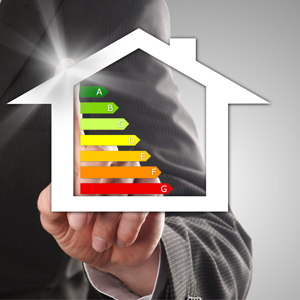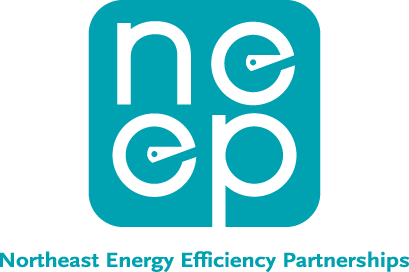

Massachusetts: Raising the "BAR" to Improve Energy Efficiency
The Massachusetts BAR Pilot is a joint project between NEEP and the Massachusetts Department of Energy Resources (MA DOER)
Massachusetts adopted one of the most ambitious greenhouse gas (GHG) emissions reduction plans of any state in the nation. The Clean Energy and Climate Plan (CECP) outlines the Commonwealth’s strategies to achieve a 25% reduction in GHG emissions (relative to a baseline of 1990 emissions) by 2020 and an 80% reduction by 2050. Improved energy efficiency in buildings is a key element of the CECP. However, potential energy savings are often left untapped, as building owners lack sufficient information due in part to the time- and money-intensive nature of currently available building assessment methods.
The Massachusetts Building Asset Rating (BAR) pilot is a three-phased project that seeks to develop and test new methods to assess the energy performance of a building's energy features. The BAR pilot focuses on analysis techniques that assess building assets rather than the operations of the building, serving as a complement to tools such as the EPA’s ENERGY STAR Portfolio Manager (ESPM). [One-page summary]
The MA BAR Pilot asks: can we improve building analysis to provide credible, investment-grade information in less time and with decreased cost?
Phase 1 - Stress Test
- collect the data necessary to construct a model of the building’s energy use;
- calibrate the model to 12 months of historic energy consumption; and
- normalize model parameters dependent on building operations like schedules and setpoints.
Normalizing these factors better represents the energy performance capabilities of building attributes and enables an apples-to-apples comparison between buildings independent of tenancy and weather. The models produce an area-adjusted predicted energy consumption (called an energy use intensity (EUI), reported in kBTU/sf) for each primary building system, including heating, cooling, lighting, and plug loads.
- Actionable building assessments are available at a significantly lower cost than conventional methods: the traditional analyses averaged $25,000 per building while the innovative methods averaged less than $8,000 per building;
- The key elements of a successful, low-cost asset analysis appear to be:
- Access to complete building energy consumption data, including, where available, interval meter data;
- Site visit validation of modeling assumptions;
- Streamlined energy modeling software;
- Building size and age alone do not appear correlated with energy consumption;
- Building plans and drawings are of limited use due to their scant availability and as the plans frequently do not accurately reflect actual building assets;
- Analysis of building assets requires clear, standardized guidelines to generate consistent results that enable an apples-to-apples comparison of buildings.
Phase 2 - Implementation and Deployment
Phase 3 - National Leadership through Research and Innovation


